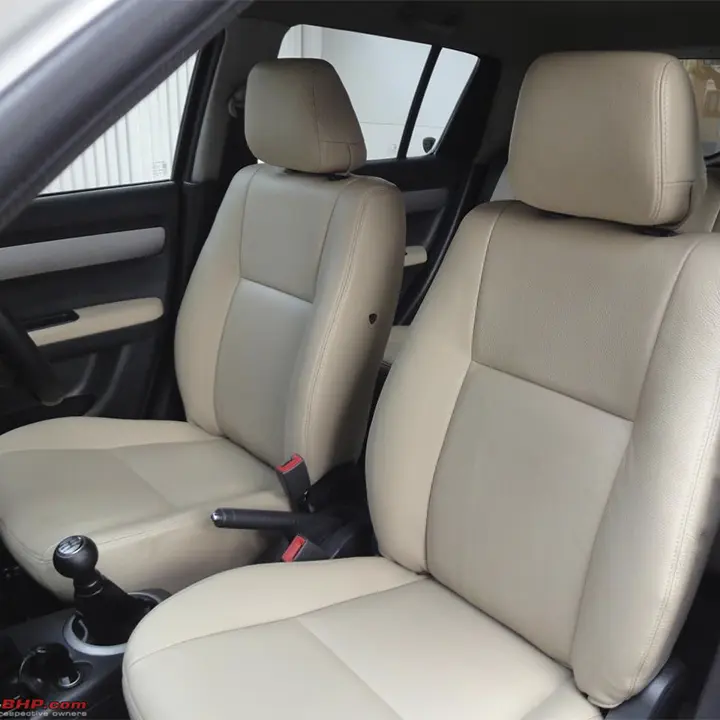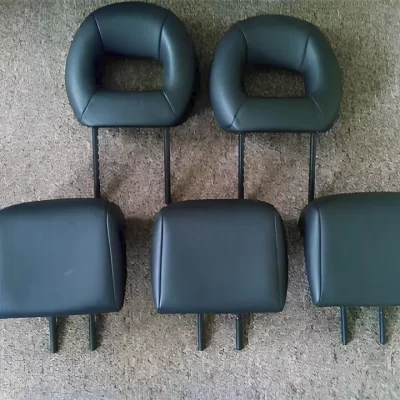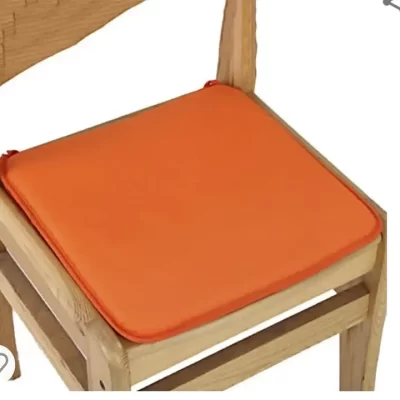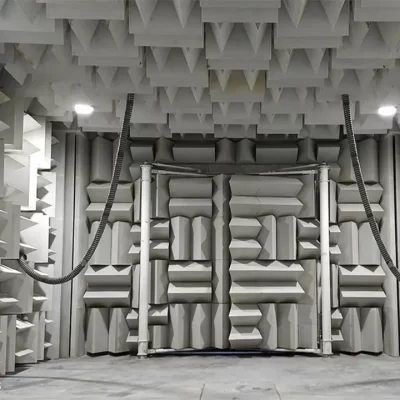Seating
Polyurethane (PU) foam is a critical material in automotive seating, providing comfort, support, and durability. It is widely used in seat cushions, backs, bolsters, and headrests, helping manufacturers design seats that meet ergonomic, safety, and aesthetic requirements.
Key Applications of PU Foam in Automotive Seating
Seat Cushions and Backs: PU foam offers cushioning that absorbs pressure, distributes weight evenly, and enhances comfort during long drives.
Bolsters and Side Supports: Foam provides lateral support, improving occupant stability and reducing fatigue.
Headrests: High-resilience PU foam cushions and protects the head, contributing to safety and comfort.
Multi-Density Foam: Different foam densities can be combined to create zones of varying firmness tailored to specific ergonomic needs.
Molded Foam Components: Precision molding allows complex seat shapes that fit the vehicle design and occupant body contours.
Benefits of Using Polyurethane Foam in Automotive Seating
Comfort: Soft yet supportive cushioning for long-lasting comfort.
Durability: Maintains shape and resilience under repeated stress.
Lightweight: Contributes to fuel efficiency by reducing seat weight.
Customizable: Foam can be tailored in density, firmness, and thickness.
Safety: Offers energy absorption properties important for crash protection.
- PU foam is often molded directly onto seat frames or upholstery backing.
- Advanced molding techniques allow for integrated comfort features and design flexibility.
- Can be combined with other materials such as memory foam, gel inserts, or vibration dampers.






